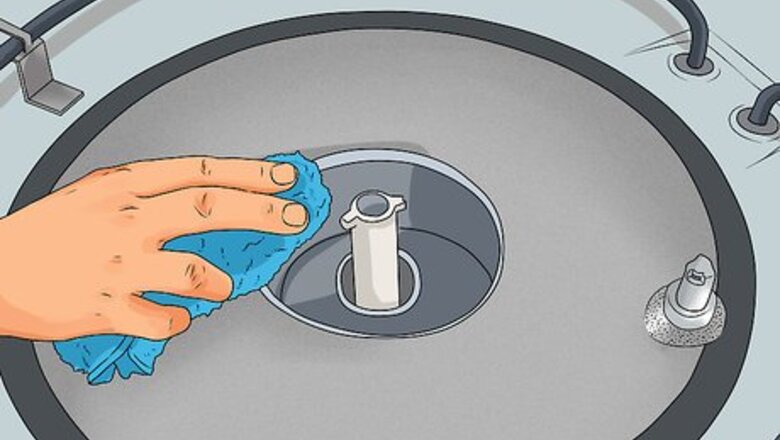
views
Cleaning the Drain Filter
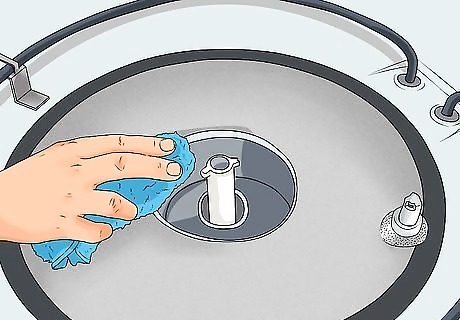
Use a damp cloth to clean around the filter and remove debris. Remove any food waste or debris that may be located at the bottom of your dishwasher. Use a damp cloth to wipe around the filter and catch basin. For example, you may find small particles, such as bones, noodles, seafood shells, or even glass shards.
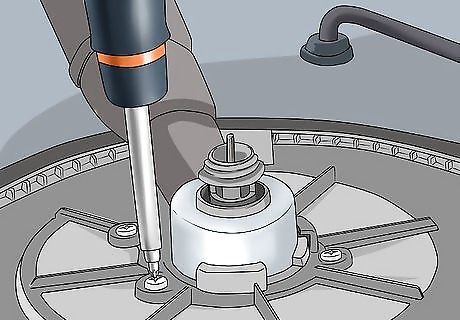
Unscrew the filter. You can consult your owner’s manual for specific instructions regarding how to remove the filter on your dishwasher. Typically, four screws hold the filter in place. The bottom rack of the dishwasher needs to be removed in order to access the filter.
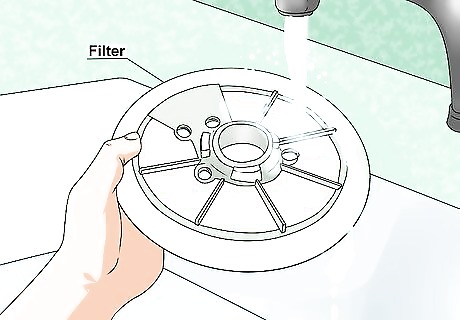
Wash the filter. Rinse the filter with water in your sink and remove any grease or debris that is attached to the filter. If the filter is clogged your dishwasher will not be able to drain properly and your dishes will not get clean. Alternatively, you could use a wet vac to clean off any debris from the filter.
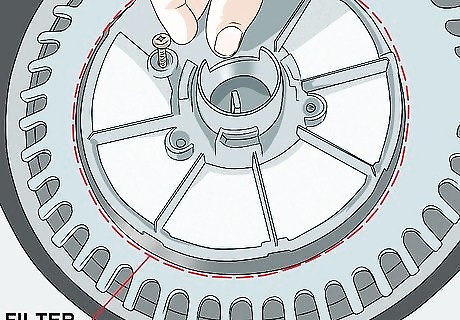
Reconnect the filter. Once you have fully cleaned the filter you can reconnect it to the dishwasher, using a screwdriver. Put all of the screws in place before tightening them. This way if you drop a screw into the bottom of the dishwasher you won’t have to unscrew all the screws to fish it out.
Unclogging the Drain
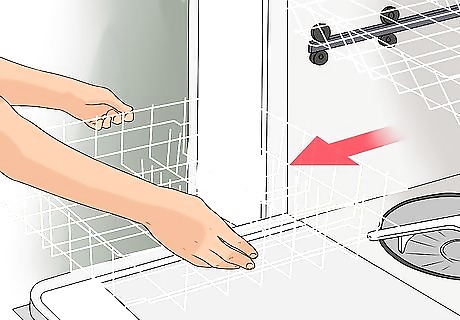
Remove the bottom rack from the dishwasher. In order to unclog the drain from inside the dishwasher, you need to remove the bottom rack. This way you will be able to access the drain, catch basin, and filter. Always make sure the power is fully disconnected before you begin working on the dishwasher.

Unscrew the drain catch and filters. Using a screwdriver, remove the drain catch and filter that is typically located in the center of the bottom of the dishwasher. You can consult your owner’s manual in order to locate and remove the filter.
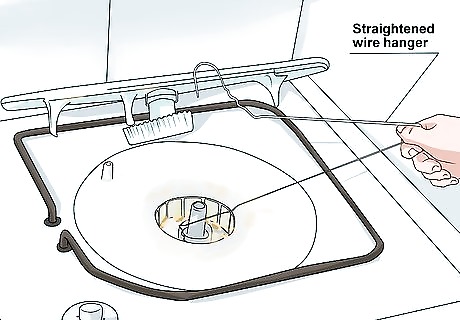
Use a straightened wire hanger to remove the clog. Once the filter and drain catch have been removed, you should be able to see down the drain. Remove any clogs from the drain using a straightened wire hanger or auger.
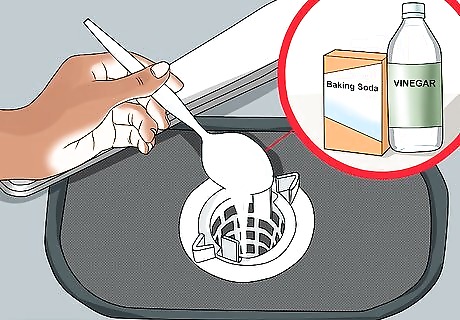
Pour a baking soda and vinegar mixture down the drain. In order to remove any additional debris, grease, or scum from the drain, you can use a baking soda and vinegar mixture to flush out the drain. Pour 1 tablespoon of baking soda and 2 tablespoons of vinegar down the drain. Alternatively, you could use a commercial drain cleaner, but these can contain harsh chemicals that may remain in your dishwasher for some time.

Let the mixture sit in the dishwasher for 10-15 minutes. The baking soda and vinegar will help to break up any clogs that may remain in the drain. After 10-15 minutes, pour hot water down the drain to help remove the mixture along with any remaining debris.
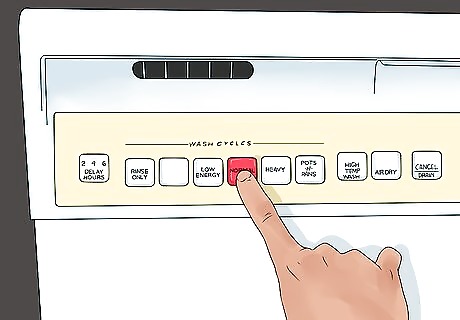
Reconnect and run the dishwasher on a normal cycle. Once you have unclogged the drain, reconnect the dishwasher and run it on a normal cycle. The dishwasher should now drain properly and water should no longer pool at the bottom of the machine.
Removing a Clog from the Drain Hose
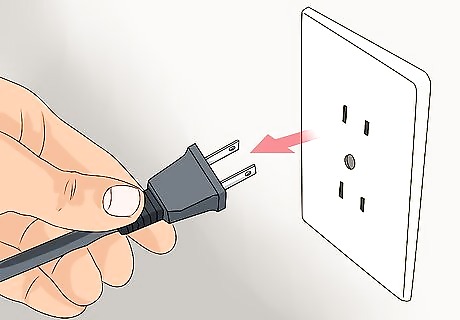
Shut off all power that leads to the dishwasher. Before you begin troubleshooting a clogged drain in your dishwasher, you should always disconnect the power to the machine. This can be done by removing the plug from the outlet. You could also remove the fuse from the fuse box or turn the appropriate breaker off to ensure that the power is completely disconnected.

Consult your owner’s manual for instructions. Your dishwasher owner’s manual will likely come with instructions that will tell you how to locate and disconnect the hose from the dishwasher.
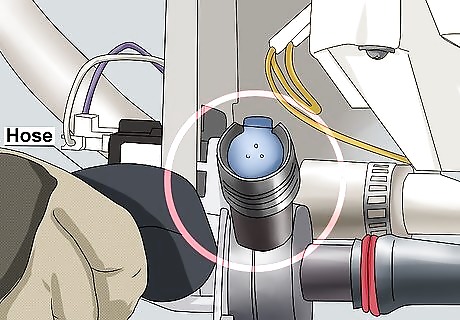
Disconnect the hose. Once you have located the hose, use pliers to pinch the wire clamp and slide it up the hose. You should also place a catch basin under the hose, to collect any spills that may come out of the hose.
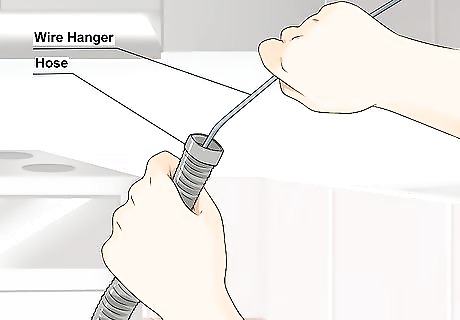
Use a wire hanger or auger to unclog the hose. Once the hose has been disconnected, try wiggling the hose to loosen any debris that may be trapped. Then, insert a straightened wire coat hanger or auger into the hose and remove any clogs that may exist. Alternatively, you can try running high-pressure water through the hose to remove any clogs. Use a garden hose to blast out debris that may be trapped.
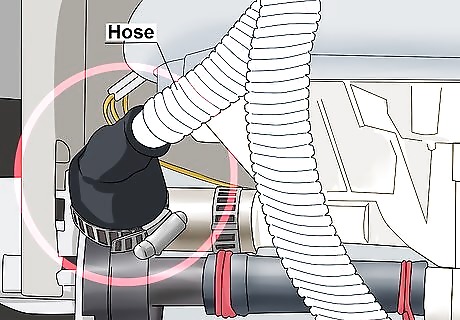
Reattach the hose and run the dishwasher. Once the clog has been removed from the hose, reattach the hose to the dishwasher. Plug in the dishwasher and run the machine on a normal cycle with no dishes. The dishwasher should now drain properly and water should no longer pool in the bottom of the machine.
Keeping a Clean Dishwasher
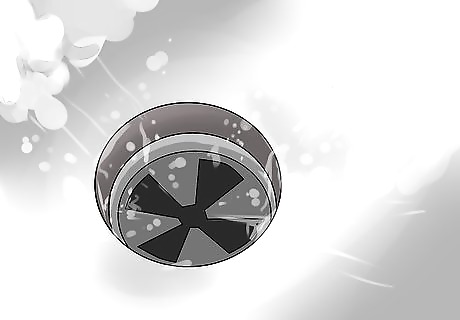
Run your garbage disposal before each use. You can also take precautionary steps to help ensure that your dishwasher drain does not become clogged. The dishwasher shares a drain with the kitchen sink. If your kitchen sink is clogged this can also backup your dishwasher. As a result, run your garbage disposal immediately before using your dishwasher. This will help to clear the drain and make your dishwasher more efficient.
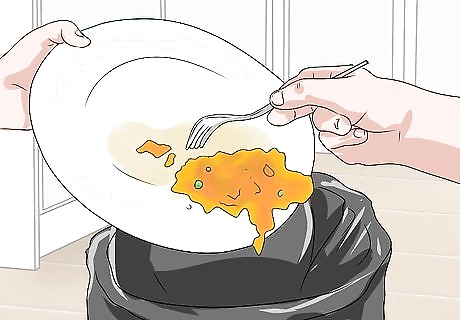
Scrape off food before loading the dishwasher. Often your dishwasher drain will get clogged by large food particles that get trapped in the filter or drain. You can prevent this by scraping off your dishes prior to loading them into the dishwasher. For example, remove any food scraps that may be stuck to your dishes. This can help keep your dishwasher clean and clog-free.
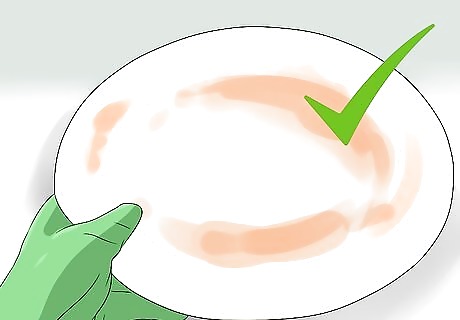
Avoid over rinsing your dishes. Although it is a good idea to remove large food items from your dishes before loading the dishwasher, you should not soak or completely pre-wash your dishes. The dishwasher actually needs a bit of grease. Without any grease or grime the soap will foam during the washing cycle, and this can be harmful to the machine.

Fill your dishwasher before each use. Dishwashers can also get clogged from overuse. You can save money and preserve the lifespan of your dishwasher by only running it when it is full. Avoid running the dishwasher for partial loads.












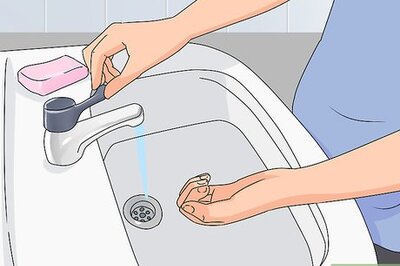



Comments
0 comment